
Pickling, Freezing, and Storing Tips for Your Harvest
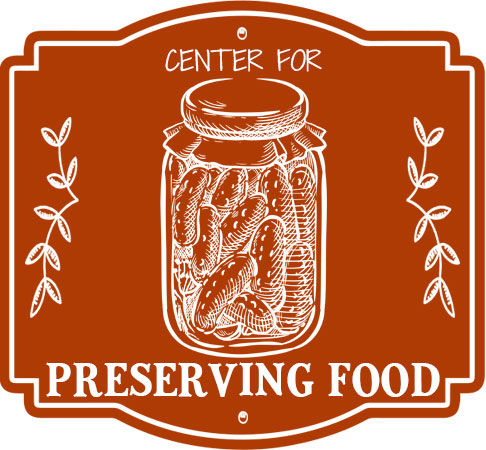
Introduction to Preserving
Freezing
Making Quick Pickles
Making Quick Jams: Refrigerator or Freezer Jam
Water-Bath Canning
How to Can Tomatoes
How to Can Pickles
How to Can Jam and Jelly
Pressure Canning
Drying
Salting and Brining
ADVERTISEMENT
I tried celery in my garden for the first time this year. I was surprised when my entire crop of celery came out great! Currently it is still in the garden, wrapped in brown paper to "blanch" for another 2 weeks, then I have to do something with it. I know I can keep some in the fridge wrapped in foil but I have about 10 bunches. (I did not expect this to grow as it has) I am planning to dry the celery leaves in my dehydrator for spices for the winter. But I am still talking a lot of celery. I was thinking about drying the celery for the winter but not sure if that is a viable solution. I have not found any information on dried celery. Nor have I found anything about freezing celery. I can give it away to friends, but I would love to preserve some of it for my pantry for winter use. You have any ideas about freezing/drying/canning celery?
How to Prepare Celery for Dehydrating
Bring a large pot of water to a boil.
While it is heating, wash the celery. Cut off the whitish bottom ends and the leafy top ends. Save the ends and leaves for soup stock by freezing them. If you keep adding them to a container in the freezer, you will never have to buy celery just to make stock.
Cut the celery stalks into thirds. Dump them into the boiling water, and leave for 1 minute. Drain them, and immediately run them under cold water or immerse in ice water to stop the residual heat from continuing to cook the celery.
Slice the blanched celery into 1/2-inch-thick crescents. At this point, you can stop and store the blanched, sliced celery in the refrigerator for up to 24 hours before proceeding with the dehydration.
Dehydrator Method
Arrange the celery pieces on the trays of a dehydrator, leaving 1/4-inch space on all sides between the pieces. If you are using an oven rather than a dehydrator, arrange the pieces on a screen placed over a baking rack.
Dry at 135 F until the celery is crispy-dry. This usually takes 6 to 8 hours.
Oven Method
If you are using an oven that doesn't have a temperature setting below 150 F (many don't), set it to the lowest heat, and prop the oven door open with a dish towel or wooden spoon. Note that this wastes a lot of energy. If you are planning to dry a lot of food, a dehydrator is a worthwhile investment both financially and environmentally.
When the celery is crispy-dry (usually takes 6 to 8 hours), remove the trays or baking sheet(s), and let them cool at room temperature for 10 minutes.
Storage
Transfer the dried celery to glass jars, and screw on the lids.
Label the jars with the contents and the date that you dehydrated the celery.
Store away from direct light or heat.
Celery can be frozen without blanching it. Just dice the stalks, chop the leaves and put separately into freezer containers. Taste great in chili during the winter months.
how do you preserve baby fennel and fennel leaves and what do you use it for?
Hi, Bryana-Christine. For the fennel leaves, you can use the ice cube method on this page. And for the bulbs, you can blanch and freeze them. For ideas on using fennel, just type the word “fennel” into the search box at the top of the page and you will find many recipes to try. Enjoy!
Is there a way to freeze heads of cabbage?
Wash it. Remove outer leaves. Quarter it. Vacuum seal each quarter separately and freeze. Works very well for soup and boiled cabbage.
We recently put in a new well, a few feet from the old one.
Would it be okay to store my pears,apples,and other crops in the old well pit?

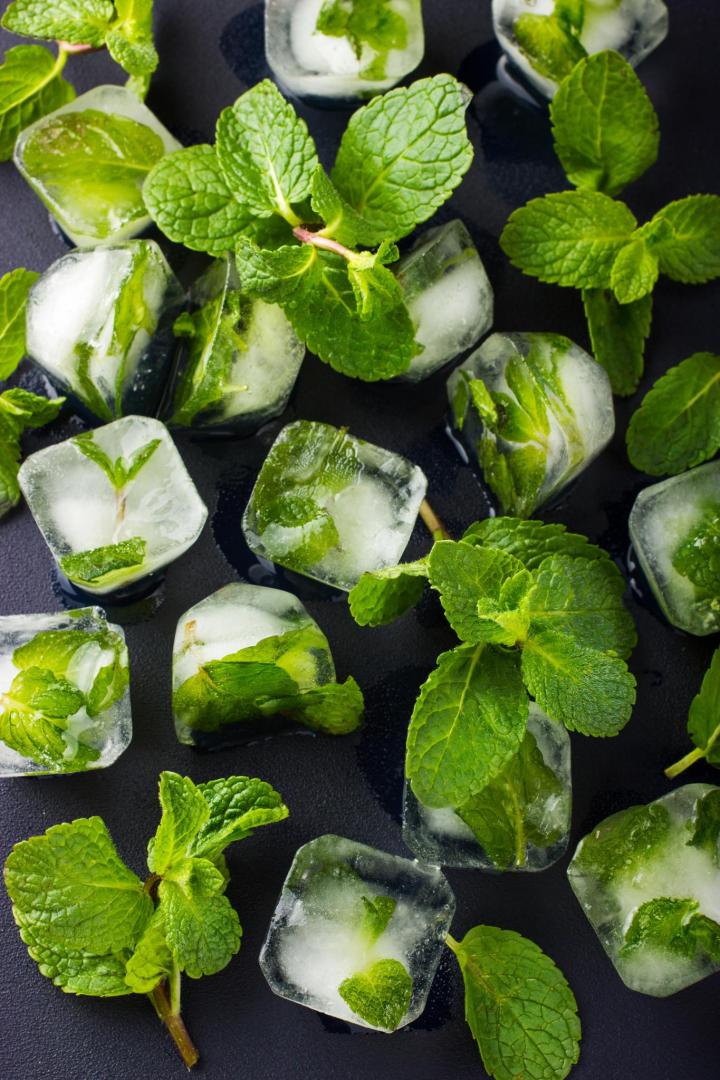 Photo Credit: Anna Shepulova/Shutterstock.
Photo Credit: Anna Shepulova/Shutterstock.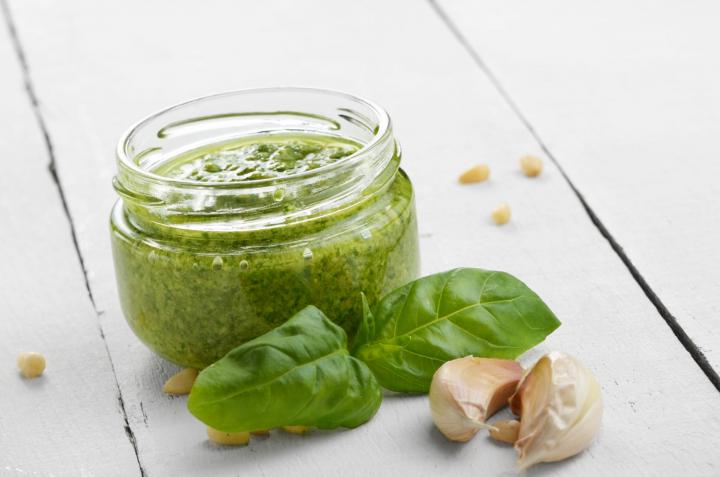 Photo credit: Dmytro Mykhailov/shutterstock
Photo credit: Dmytro Mykhailov/shutterstock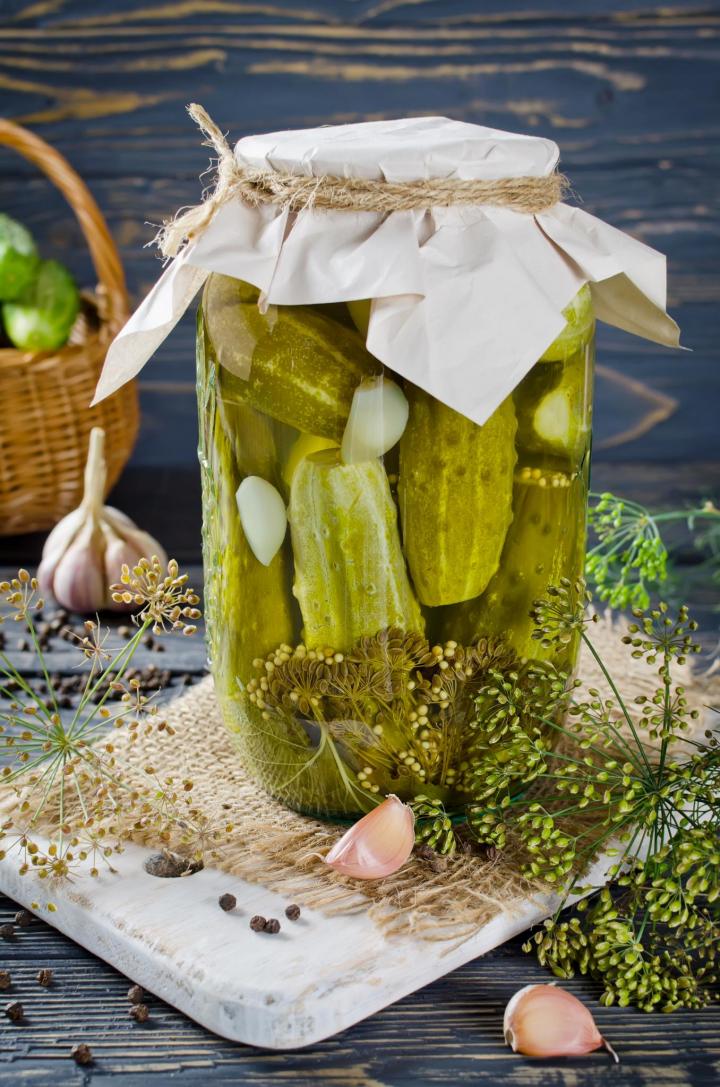
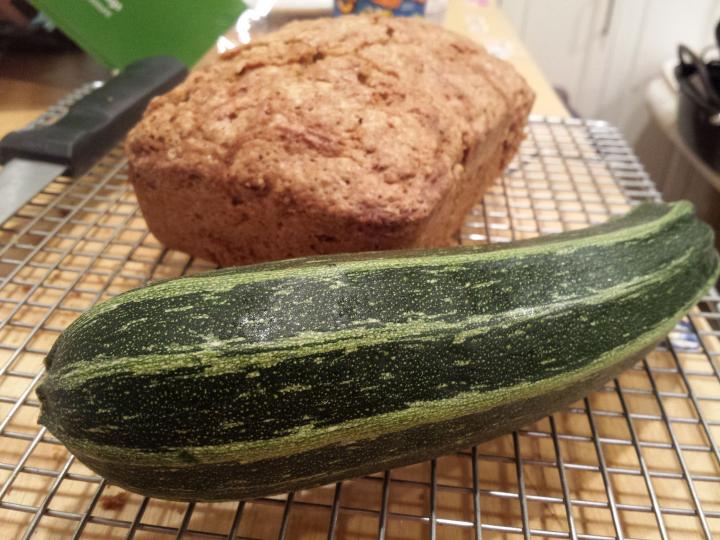
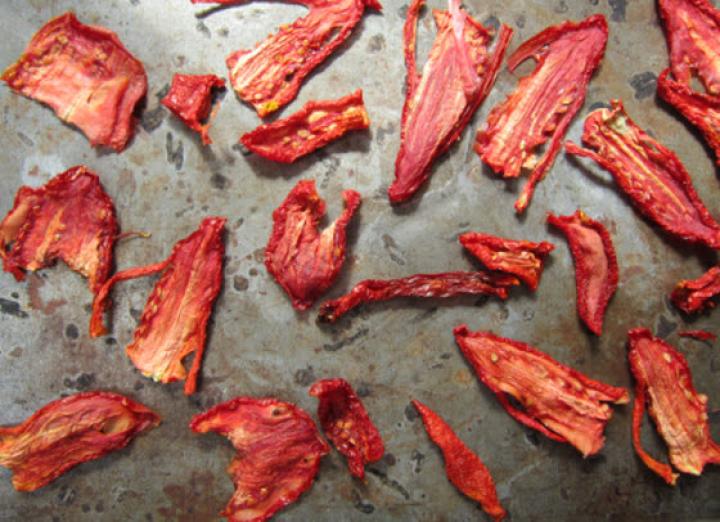
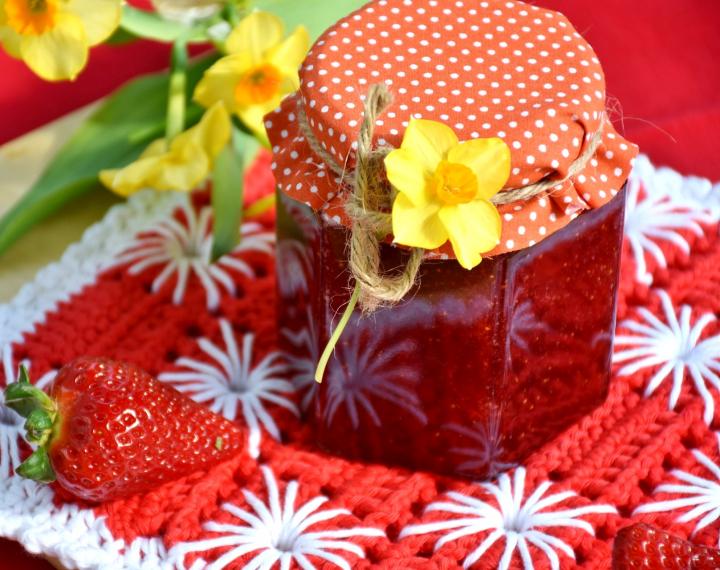
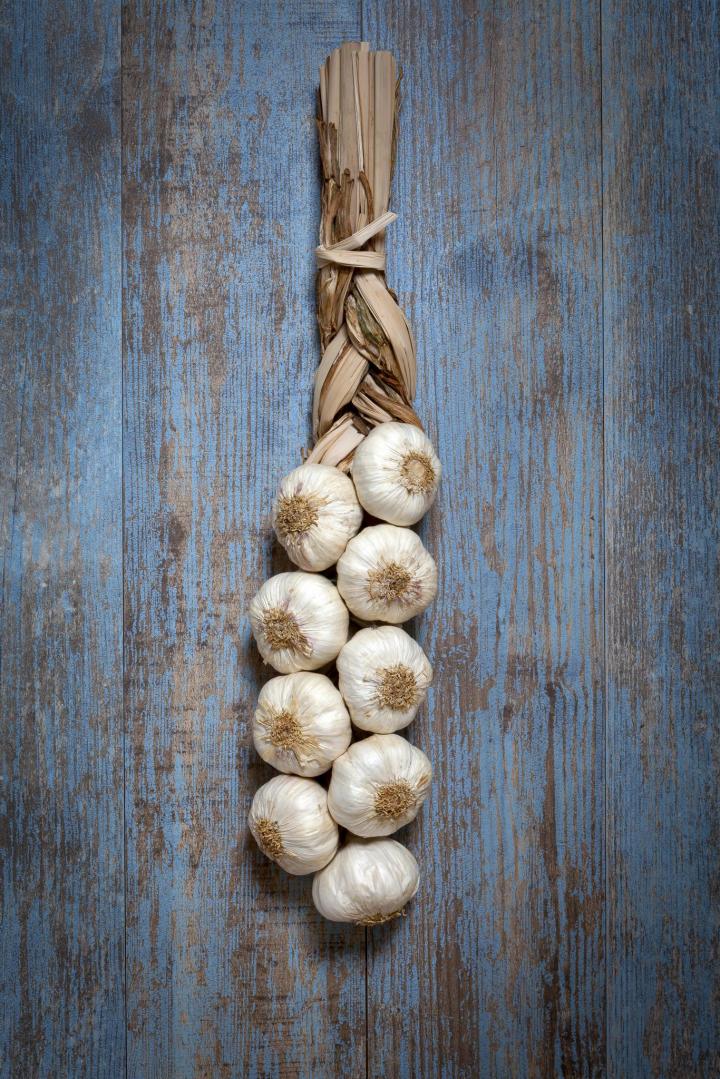 Photo Credit:
Photo Credit: 






